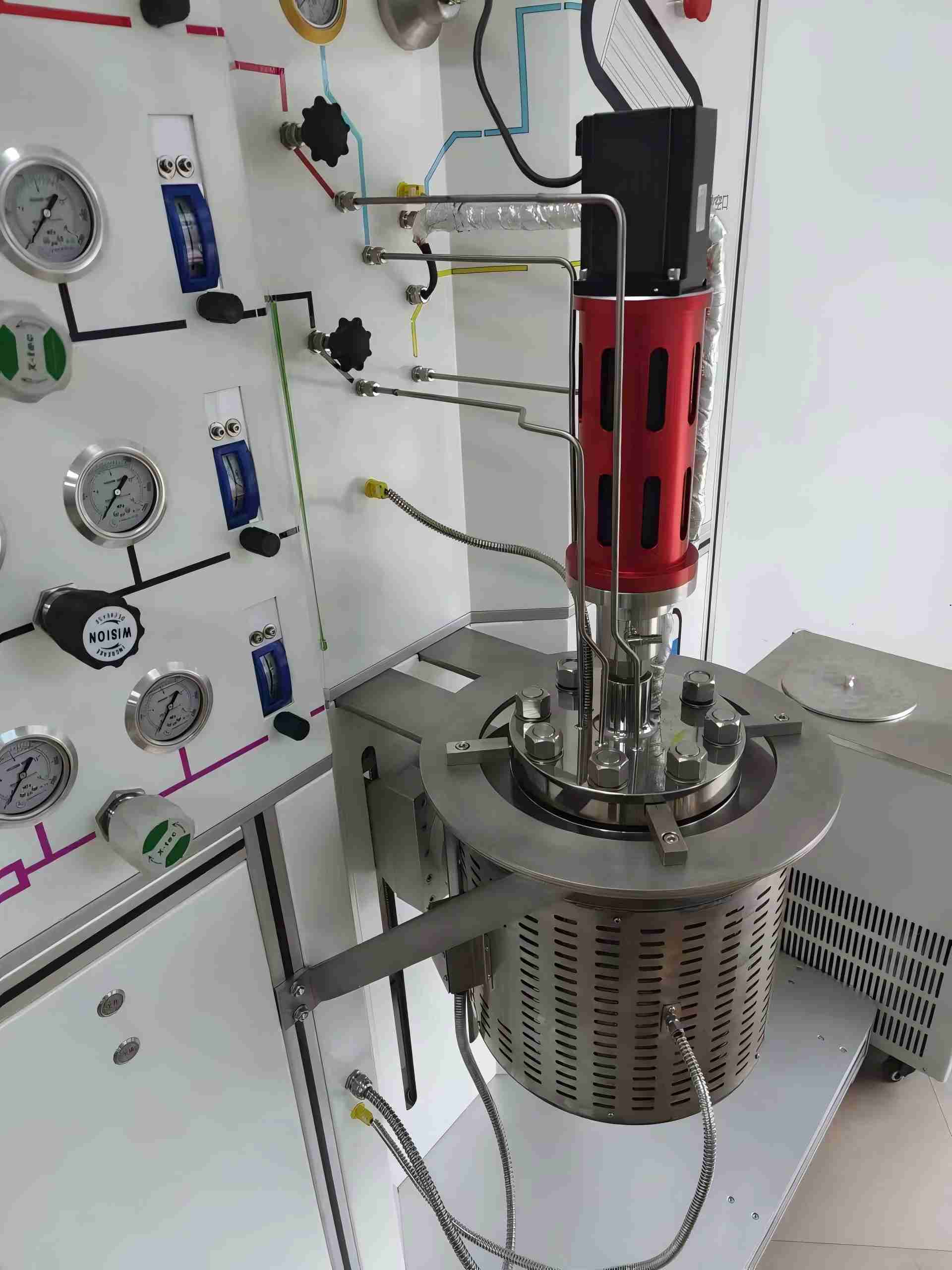The basic introduction and application scenarios of polymerization reactors. Nowadays, with the continuous development of the chemical industry, more and more manufacturers are using polymerization reactors to produce polymer compounds. The polymerization reactor is a widely used chemical equipment with advantages such as small volume, high production capacity, and fast reaction speed.
1、 Classification of polymerization reactors
The polymerization reactor can be divided into vertical and horizontal types according to its shape, plastic and stainless steel according to its material, and continuous and intermittent types according to the reaction mode. Among them, stainless steel polymerization reactors are widely used in chemical production due to their excellent corrosion resistance and high strength.
2、 Application scenarios of polymerization reactors
Nowadays, polymerization reactors are widely used in various fields such as plastics, rubber, paints, pigments, pharmaceuticals, chemical fibers, and other chemical industries. They are also widely used in environmental protection, coatings, metallurgy, and other industries. Taking coatings as an example, polymerization reactors can be used to produce various polymers such as resins, asphalt, solvent based paints, etc. Meanwhile, polymerization reactors can also be used to manufacture various functional materials, such as optical materials, electronic materials, etc.
3、 Advantages and limitations of polymerization reactors
The polymerization reactor has the following advantages:
However, there are also some limitations to the polymerization reactor:
In short, as an important chemical equipment, the polymerization reactor has wide application value and production efficiency interface. The structure, working principle, application scenarios, advantages, and limitations of the polymerization reactor need to be understood in detail. At the same time, when using a polymerization reactor, attention should be paid to the selection of reactor material, operating procedures, and safety measures to avoid accidents.
